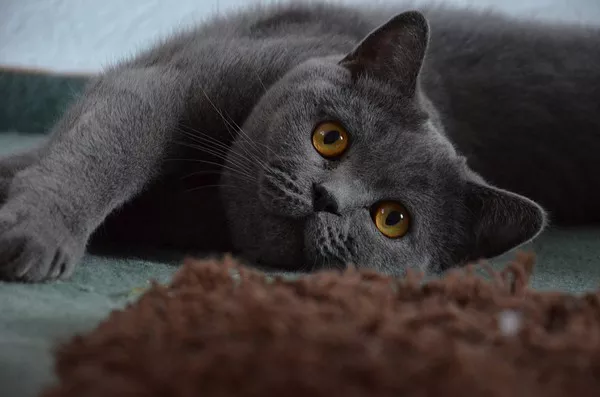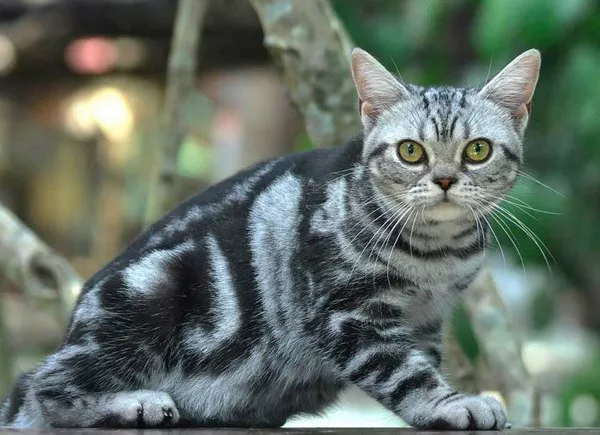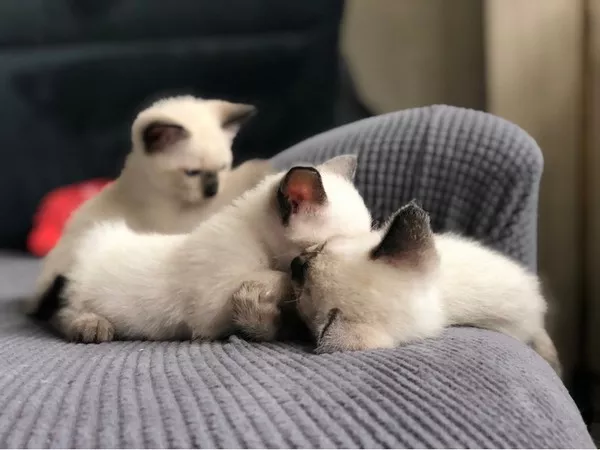Cat owners understand the importance of maintaining their feline companions’ health and well-being. One common health issue that cats may face is eye infections. These infections can vary in severity and cause discomfort for your beloved pet. In this comprehensive guide, we will explore cat eye infections, discussing their symptoms, diagnosis, prognosis, and available treatment options. By gaining a better understanding of these aspects, you can provide timely care and ensure the best possible outcome for your cat’s eye health.
Recognizing Symptoms of Cat Eye Infections
1. Excessive Tearing
Excessive tearing or watery discharge from the eyes is often a telltale sign of an eye infection. If you notice your cat’s eyes constantly wet or tear-stained fur around the eyes, it could indicate an issue.
2. Redness and Inflammation
Inflamed and red eyes are another common symptom of an eye infection. If your cat’s eyes appear redder than usual or have visible blood vessels, it’s essential to pay attention and seek veterinary care.
3. Squinting or Blinking
Cats with eye infections may squint, blink frequently, or keep their eyes partially closed. This behavior indicates discomfort and sensitivity to light.
4. Discharge and Crustiness
Unusual discharge, crustiness, or mucus around the eyes can indicate an infection. The discharge may be clear, yellow, green, or brown, depending on the type and severity of the infection.
Seeking Veterinary Diagnosis
1. Professional Examination
If you suspect your cat has an eye infection, it’s crucial to consult a veterinarian. A thorough examination, including a close inspection of the eyes, will help determine the cause and severity of the infection.
2. Diagnostic Tests
In some cases, your veterinarian may perform diagnostic tests such as a fluorescein stain to detect corneal ulcers or cultures to identify the specific bacteria causing the infection.
Understanding Prognosis
1. Timely Intervention
The prognosis for a cat’s eye infection often depends on early detection and treatment. Timely intervention can prevent complications and promote a faster recovery.
2. Severity of Infection
The severity of the infection and the underlying cause play a significant role in determining the prognosis. Mild infections may resolve with appropriate treatment, while more severe cases may require more intensive care.
Treatment Options for Cat Eye Infections
1. Antibiotic Eye Drops or Ointments
Bacterial infections are commonly treated with antibiotic eye drops or ointments. These medications help eliminate the bacteria causing the infection and reduce inflammation.
2. Antiviral Medications
Antiviral medications are used to treat viral eye infections, such as feline herpesvirus. These medications can help manage symptoms and reduce the severity of outbreaks.
3. Lubricating Eye Drops
Lubricating eye drops can provide relief for cats with dry, irritated eyes due to infection. These drops help keep the eyes moist and comfortable.
4. Warm Compresses
Gently applying warm compresses to your cat’s eyes can help alleviate discomfort and loosen crustiness. Be sure to use a clean cloth and avoid putting pressure on the eyes.
Preventive Measures
1. Hygiene and Cleanliness
Maintaining good hygiene and cleanliness around your cat’s eyes can help prevent infections. Regularly wiping away discharge and keeping the eye area clean can reduce the risk of infections.
2. Regular Veterinary Visits
Routine veterinary check-ups are essential for detecting potential eye issues early. Regular visits allow your veterinarian to monitor your cat’s eye health and recommend preventive measures.
Conclusion
In conclusion, cat eye infections are a common concern that require prompt attention and proper care. Recognizing the symptoms, seeking timely veterinary diagnosis, and understanding the prognosis are crucial steps in ensuring your cat’s eye health. With the appropriate treatment options, including antibiotic or antiviral medications, lubricating eye drops, and warm compresses, you can help your furry friend recover and enjoy improved comfort. Additionally, practicing good hygiene and scheduling regular veterinary visits are key to preventing future infections and maintaining your cat’s overall well-being. Remember that your veterinarian is your best resource for guidance and tailored recommendations to address your cat’s specific needs and ensure their eye health for years to come.



























